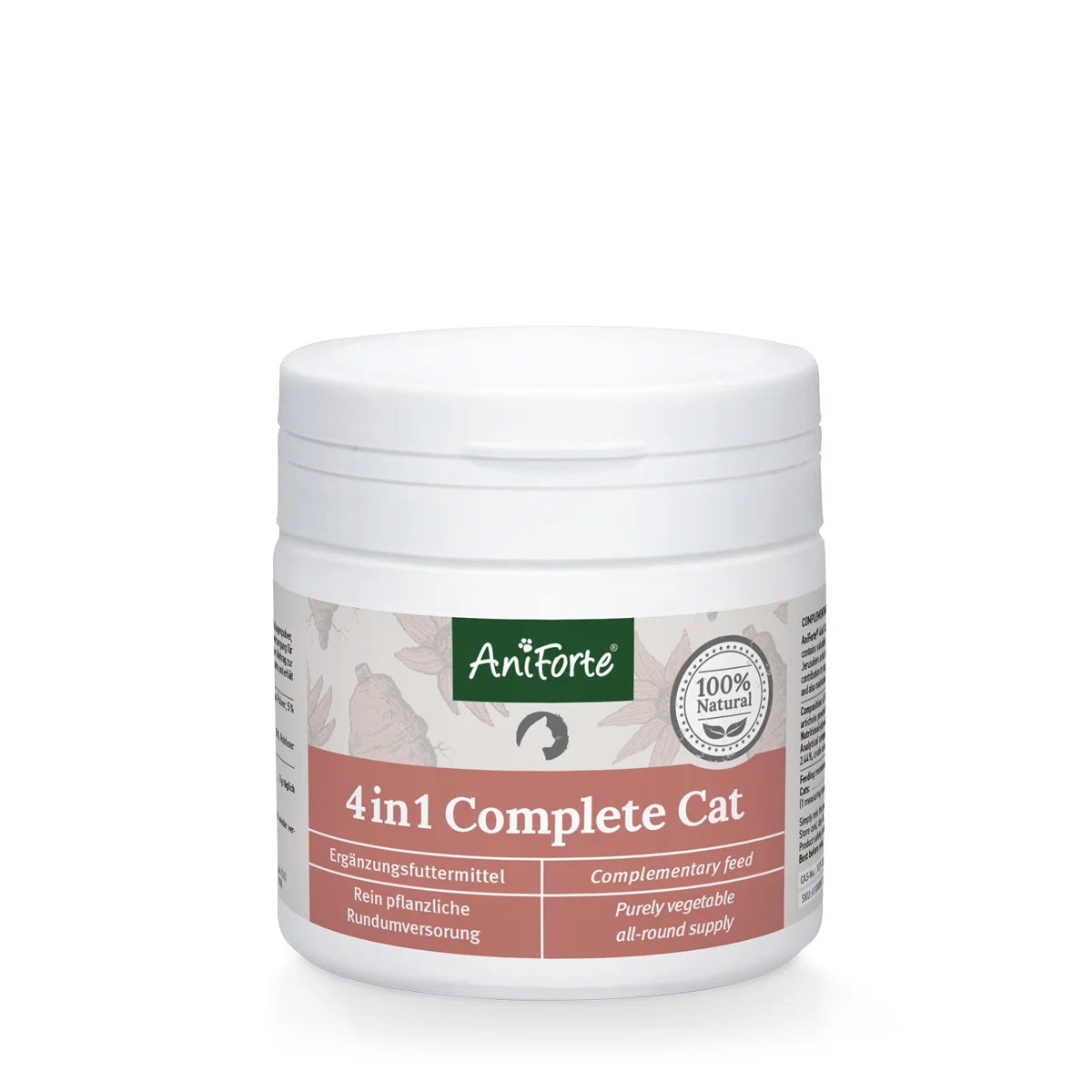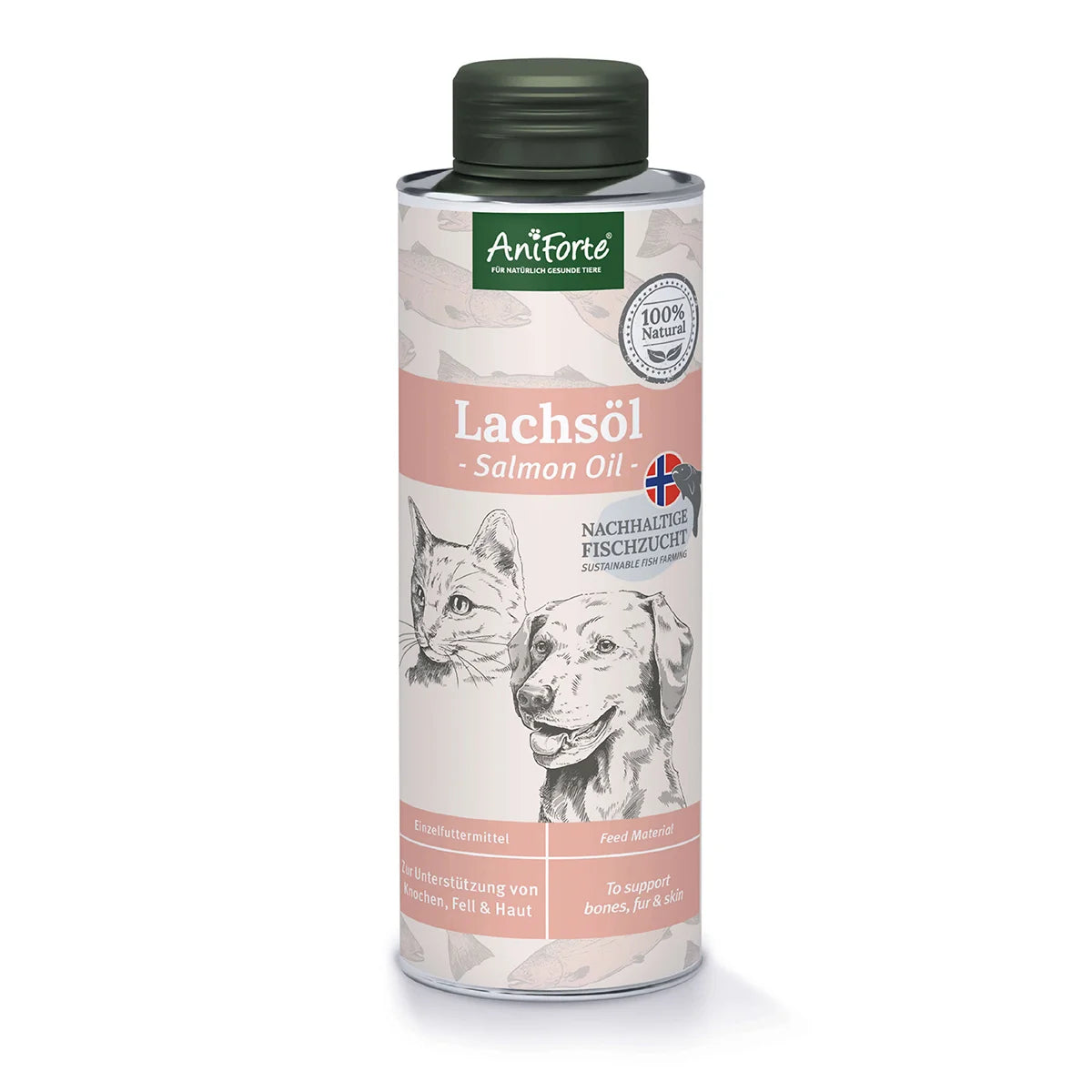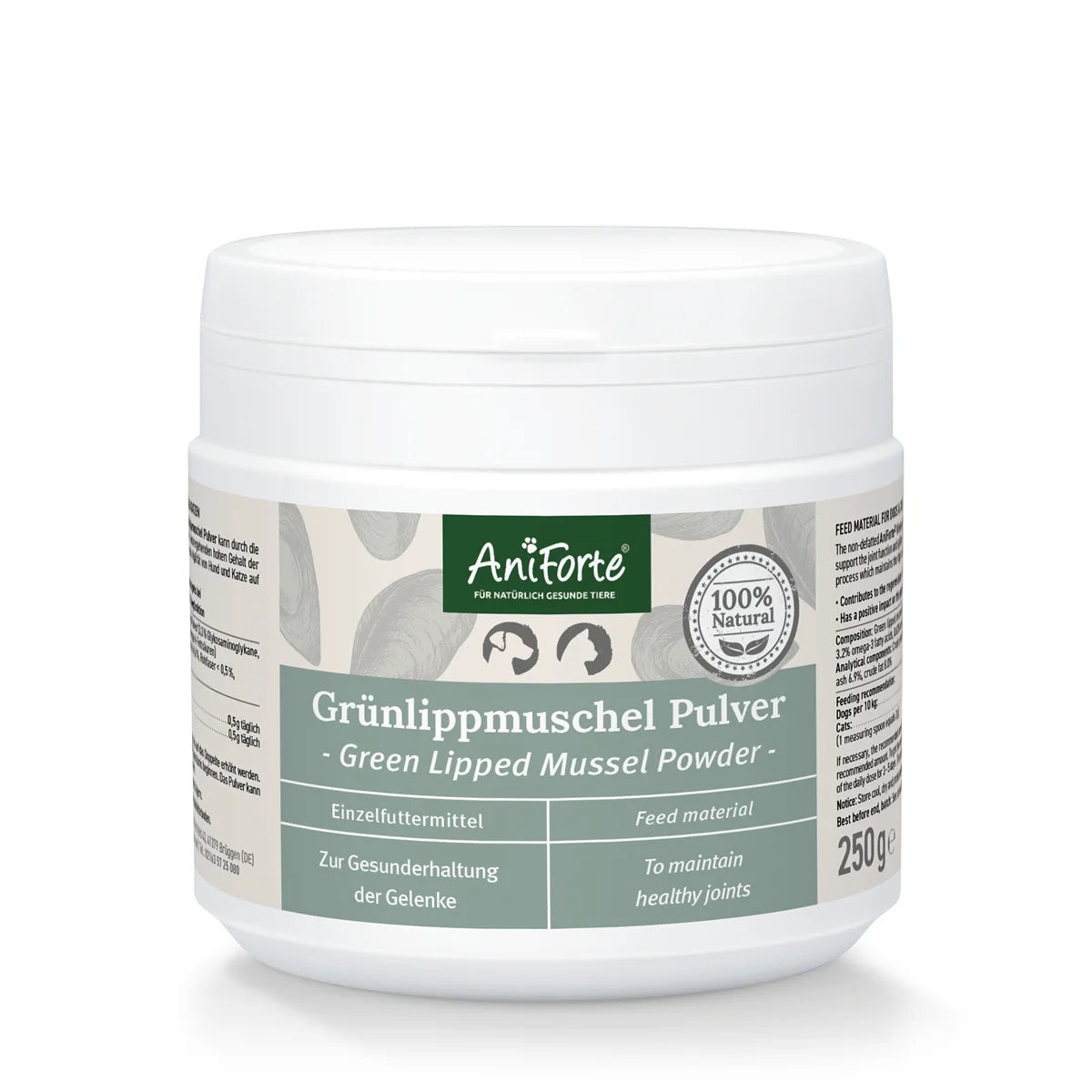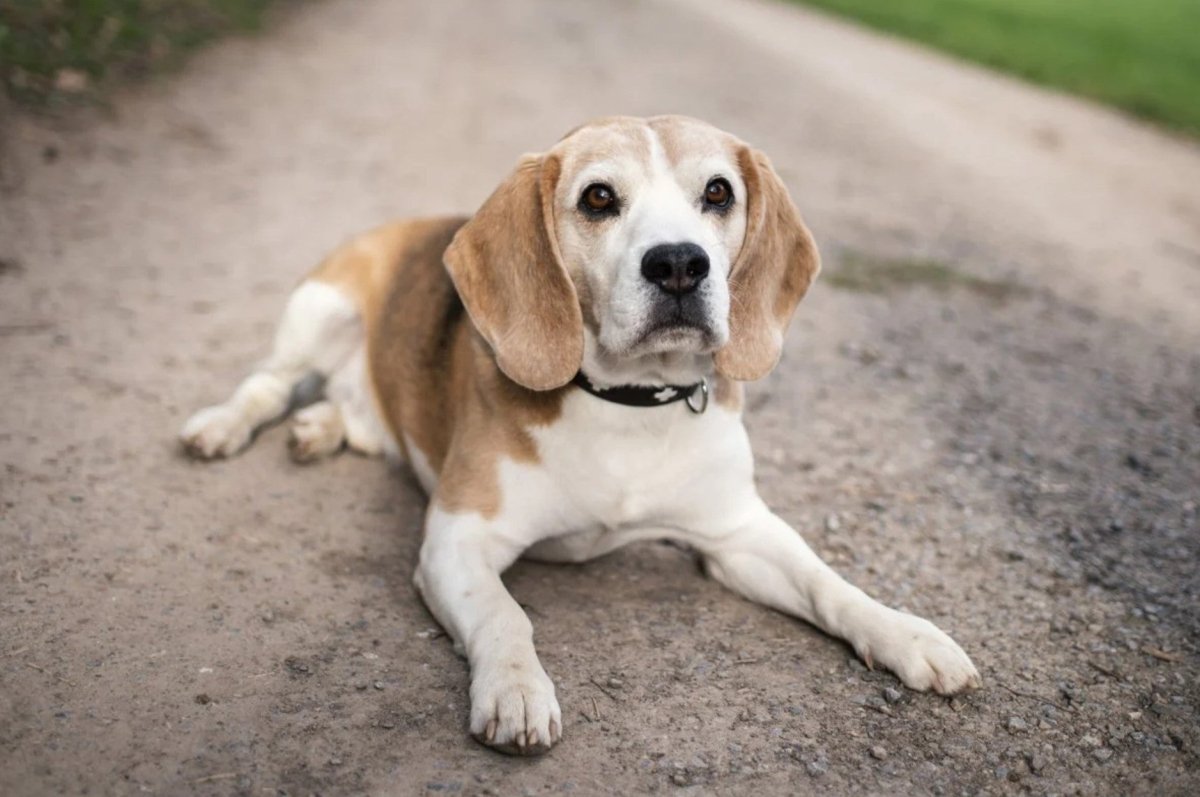Stomach torsion, or gastric torsion, commonly known as bloat, is a severe, often life-threatening condition for dogs that can escalate within minutes. AniForte’s animal health expert, Angelica, explains how to recognise this emergency and what steps to take to give your dog the best chance of survival.
What is Stomach Torsion?
Stomach torsion occurs when the dog’s stomach twists along its axis. Normally, the stomach is loosely connected to the abdomen, allowing it to expand as needed. However, in the case of torsion, the stomach rotates around its axis—either longitudinal (torsio) or transverse (volvulus)—cutting off essential blood supply and affecting nearby organs like the spleen. Without immediate intervention, this condition can be fatal.
Which Dogs Are Most at Risk?
Large, deep-chested dogs are the most susceptible to stomach torsion. The structure of their abdomen allows more movement and rotation of the stomach, which increases the risk. Breeds frequently affected include Great Danes, Rottweilers, Shepherds, Boxers, and Irish Setters, as well as mixed breeds with similar body types. Older dogs are also at a higher risk due to the weakening of connective tissue with age.
Possible Causes of Stomach Torsion
While the precise causes are still debated, experts agree that gas buildup within the stomach is often a precursor. Commonly discussed contributing factors include:
- Feeding one large meal daily instead of multiple smaller meals
- Hard-to-digest food that causes gas or bloating
- Feeding habits that promote gulping, which can cause air intake
Dividing meals into smaller portions and choosing easily digestible foods can help reduce the risk, but individual tolerance varies.
Recognising the Signs of Stomach Torsion
It’s crucial to recognise stomach torsion early so you can respond quickly. Symptoms may include:
- Restlessness and inability to get comfortable
- Seeking cool surfaces or spaces
- Repeated attempts to vomit or dry heaving
- Excessive drooling
- Signs of distress like whining or panting
- Pale gums
- Rapid, shallow pulse
- A “sawhorse” stance (stiff-legged)
- Noticeably bloated, hard abdomen
A swollen belly is often a late sign; ideally, you’ll detect earlier signs to act immediately.
What to Do in an Emergency
If you suspect stomach torsion, don’t delay—take your dog to the nearest veterinary clinic equipped to handle this emergency. Keep the contact information for emergency clinics accessible, as not all veterinarians can perform the required surgery.
Emergency Treatment for Stomach Torsion
Upon arrival, your dog will be promptly taken in for emergency care. Fast intervention is crucial, and the clinic may forgo extensive diagnostics to proceed directly with surgery.
The operation involves untwisting the stomach, and in severe cases, removing damaged tissue. The spleen may also need to be removed if it’s been severely compromised, which can impact survival chances. To prevent recurrence, the surgeon will likely perform a gastropexy—securing the stomach to the abdominal wall to minimise the chance of another torsion. Dogs that undergo gastropexy have a significantly lower chance of recurrence.
Post-Surgery Care
Recovery after surgery is crucial and includes a soft, easily digestible diet spread over several small meals daily for two to three weeks. Follow your vet’s instructions carefully to ensure your dog’s healing process goes smoothly.
Understanding the symptoms and acting quickly can make all the difference in saving your dog’s life in the event of stomach torsion. Being prepared and observant is your best defence against this dangerous condition.






